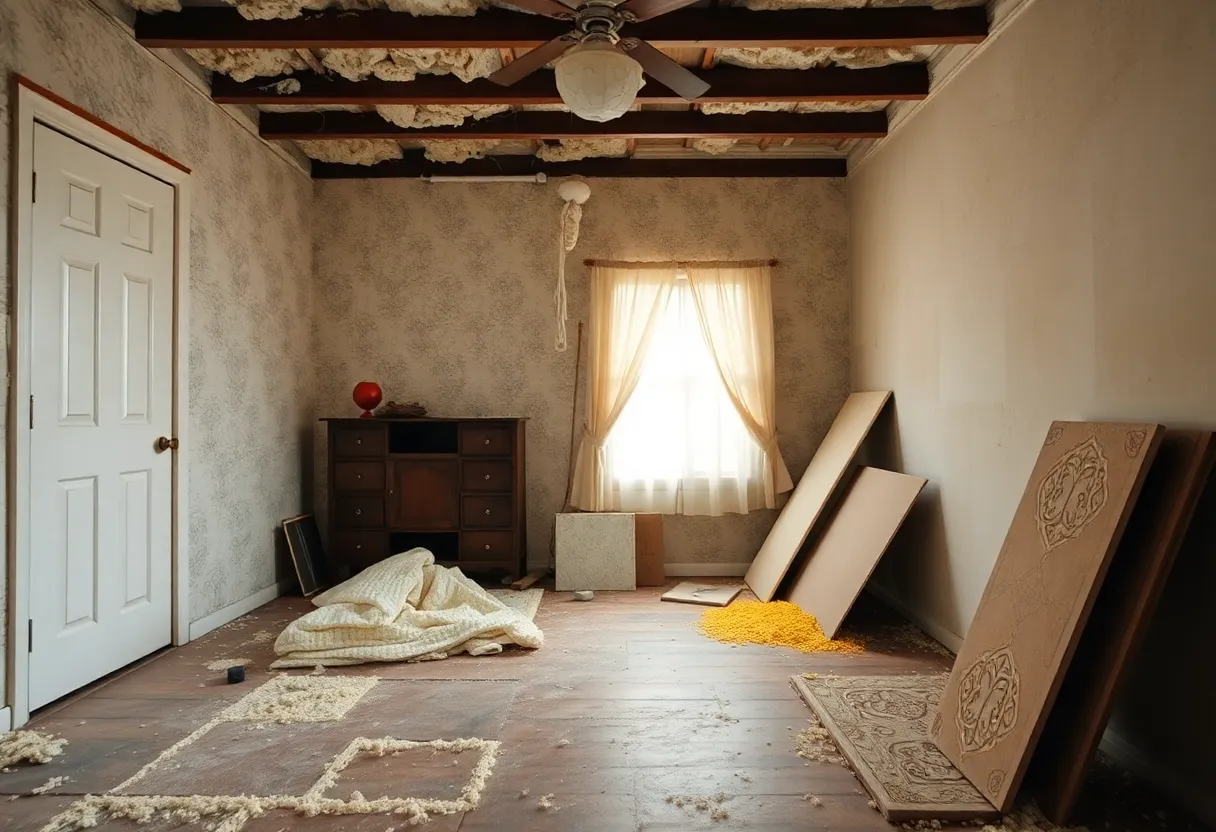News Summary
Mesothelioma advocates are alarmed by the EPA’s recent motion to delay a ban on chrysotile asbestos. This motion could hinder vital protections against asbestos exposure, prolonging risks for Americans and impacting public health. With 40,000 deaths linked to asbestos annually, the stakes are high as hazardous materials remain legally imported for various uses. Advocacy groups are gearing up to challenge this motion amid fears of a setback in asbestos regulation.
EPA Motion Sparks Alarm Among Mesothelioma Advocates
The battle against asbestos exposure has taken another concerning turn as mesothelioma advocates react with alarm to the Environmental Protection Agency’s (EPA) recent filing. This motion seeks to delay a planned ban on the use of chrysotile asbestos and calls for a reevaluation of the very ruling that aimed to eliminate its use. Originally implemented under the Biden administration, this ban represented a significant milestone in the ongoing struggle to protect public health from this toxic substance.
What’s at Stake?
If the motion, filed during the Trump era, is approved, it could trigger a lengthy reconsideration process that may stretch for as long as 30 months. In practical terms, this could stall the enforcement of the asbestos ban for years, effectively leaving Americans vulnerable to the risks associated with this hazardous material. Experts warn that prolonged exposure to asbestos can lead to devastating health effects, linking it to approximately 40,000 deaths annually in the United States alone. The most notorious illnesses connected to asbestos exposure include malignant mesothelioma and asbestos-related lung cancer, both of which can be fatal.
Who is Most at Risk?
Occupational exposure to asbestos has historically placed certain professions, such as firefighters, in jeopardy. However, recent findings indicate that the threat extends to a broader population, particularly due to asbestos contamination in talc products. This has resulted in a heightened incidence of mesothelioma diagnoses beyond traditional high-risk occupational groups. Asbestos-related diseases began to surface in the medical community’s awareness during the 1960s and 1970s, prompting many other countries to initiate bans on its use. Unfortunately, similar legislation in the United States has faced significant pushback from lobbying efforts by the chemical industry.
A Step Backward?
The ban enacted by the EPA last year was interpreted as a positive step forward by advocates who have fought diligently for stronger regulations. News of a potential reversal has not only raised eyebrows but also sparked outrage among health professionals and advocates alike. Many mistakenly believe that current regulations have effectively eradicated the risks associated with mesothelioma and asbestos exposure; however, chrysotile asbestos remains legally imported into the U.S. for numerous applications, including roofing materials, textiles, and automotive parts.
The Legacy of Asbestos
Compounding the issue is the presence of legacy asbestos—materials containing asbestos that were used in buildings constructed before the 1980s. Such structures continue to pose significant health risks. The recent wildfires in California serve as a poignant example of this danger, exposing firefighters and cleanup crews to potentially lethal asbestos-containing materials amid the wreckage of older homes.
An Ongoing Fight
Under the Biden administration, the EPA had moved to ban the use, manufacture, and import of chrysotile asbestos. While this represented progress, experts and advocates argue it still fell short of a complete prohibition. The reconsideration initiated by the recent motion threatens to reverse the limited advancements achieved and jeopardize public health. The president of a prominent asbestos advocacy group has voiced concerns that this delay could push the nation backward, increasing the risks for ordinary Americans.
Taking Action
There is a sense of discouragement among those who have tirelessly campaigned for safer measures against asbestos exposure. In light of this new development, advocacy groups are preparing to challenge the motion to delay. For individuals diagnosed with mesothelioma or other asbestos-related conditions, this situation underscores an urgent reality: the continuing presence of asbestos in the United States can lead to others experiencing the same pain and suffering.
If you or someone you love has been affected by mesothelioma or another asbestos-related disease, it is essential to understand your options and the resources available to you. Seeking guidance from expert patient advocates can help navigate this challenging situation. Reach out today to explore your options.
Deeper Dive: News & Info About This Topic
HERE Resources
Philadelphia’s Schools Face Mesothelioma Threat Due to Asbestos
Tragic Legacy of the USS Blandy: Heroes Affected by Asbestos
USS Bausell Crew Faces Asbestos-Related Health Crisis
New Developments in Asbestos Regulation: A Fight for Public Health
Texas Court Reviews Asbestos Claims Tied to Former Montana Talc Mine Operations
The Turbulent Situation Surrounding Asbestos Care in Libby
Heartbreaking Legacy of Asbestos Exposure in South Shields
Safe ‘N’ Sound Environmental Services Ltd. Triumphs in Halton Region for Asbestos Removal
Safe ‘N’ Sound Environmental Services Ltd. Wins Prestigious Consumer Choice Award
Philadelphia School District’s Asbestos Management Under Scrutiny



















